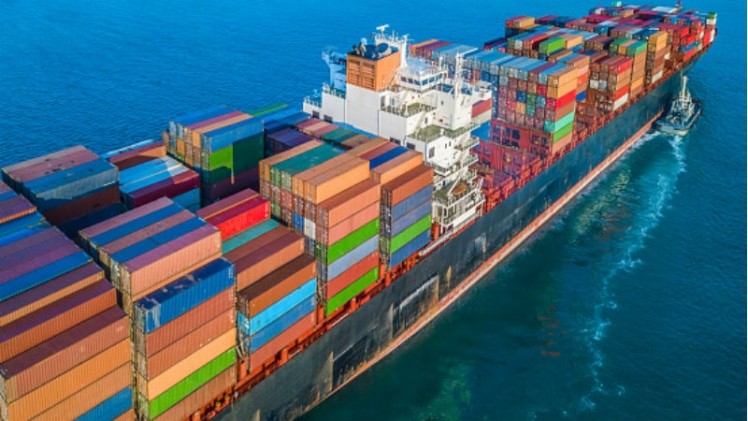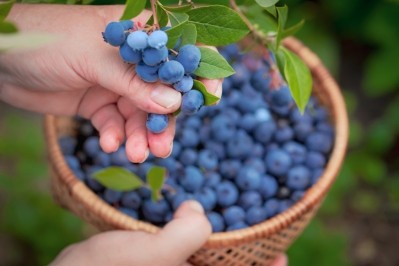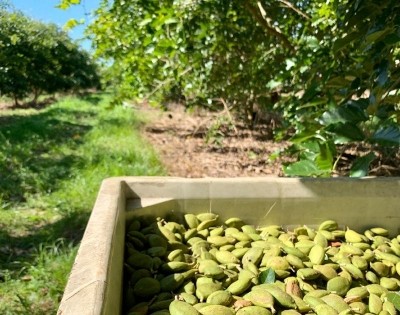Vietnam’s logistical woes: Fresh produce prices driven up by high transport costs and poor coordination

According to logistics industry body Vietnam Logistics Business Association (VLA) which comprises some 4,000 local logistics providers, Vietnam still needs to improve local logistical operations for food and beverage products, particularly within the fresh produce sector.
“[Logistics currently accounts for a big chunk of] food transport costs in Vietnam, especially for fresh produce,due to poor coordination and a lack of infrastructure,” VLA Deputy Secretary General Nguyen Tuong told FoodNavigator-Asia.
“There is poor coordination between cargo owners and logistics providers to select [the best mode of transport for the produce] suitable in terms of time and cost; and a lack of infrastructure connecting producing/harvesting areas to warehouses, processing facilities and beyond after harvest.”
“I believe these high costs [have effects all along the food chain. At the top], traders/go-betweens are more likely to purchase crops that don’t spoil as easily from farmers due to the high costs, [which] affects farmers’ decisions when planning for production.”
These ‘go-betweens’ are middle-men who purchase the crops from farmers, especially in rural areas, and become the cargo owners who bear the logistics costs to transport the crops to warehouses or processing facilities.
“[So at the top of the supply chain we see] farmers planning [this way] instead of based on market or consumer needs. Then the effect and influence of traders/go-betweens [continues down the chain] as they have to charge higher prices [to food processors, food manufacturers, retailers and other buyers] to make up for the high logistics costs, which makes higher prices when the produce [reaches] consumers,” Nguyen added.
VLA data puts logistics costs at some 29.5% of fruit and vegetable values and 12.2% of seafood product values. Transportation costs alone take up 61% of logistics costs for the former.
To put this into context, according to Numbeo apples in Vietnam cost around VND 16,676 (US$2.88) per kg – logistics costs make up 29.5% of this or US$0.85, of which US$0.52 is the transportation cost.
At US$2.88, Vietnamese apples are the second most expensive in South East Asia, behind only Singapore (US$3.32) where the spending power is much higher as a developed nation, and apples are imported. It is the highest amongst its developing country peers such as Indonesia (US$2.50) which also grows its own apples, and also more expensive than in Malaysia (US$2.40) which imports its apples.
“Vietnam needs to take a lot of proactive measures to improve logistics, reduce costs [and thus] lower prices further down the supply chain. For example, we need better logistics infrastructure to smoothly connect different types of transport (i.e. from truck to ship) to reduce transport costs, which now take [the lion’s] share in logistics costs,” said Nguyen.
“This is especially important for fresh foods like fruits and seafood to reduce losses after harvest, [which] could also potentially reduce availability of the item [and lead to higher prices].”
Devastating loss after harvest
Loss after harvest, or postharvest loss, refers to the degradation in quality and/or quantity of foods between it being harvested and brought to consumers for consumption – high postharvest loss rates equals large amounts of food being lost.
Vietnam was hit with high levels of postharvest loss during the COVID-19 pandemic outbreak due to the lack of logistical coordination, and Nguyen told us that unsurprisingly, fresh produce bore the brunt of this.
“The movements of the goods from the region they were produced where these were bought or consumed was [even more challenging than usual] during COVID-19 as transportation via truck became restricted due to social distancing and exports were also hit as lockdown prevented produce going overseas,” said Nguyen.
“Fresh produce was most affected as about 35%-40% of the produce was lost after harvest. [Worse yet], transport costs and warehousing costs also increased, just to name a few.”
When asked which area in Vietnam is in need of the most logistical help, he added that this was undoubtedly the Mekong River Delta region.
“The Mekong River Delta region is where more than 60% of fruit and vegetable exports of the country originates from,” said Nguyen.
“It is particularly in need of logistics development such as local processing facilities, cold chain warehouses, high technology and more [to] reduce loss after harvest due to logistics.”
Still positive
Despite all of these setbacks, Nguyen remains positive that Vietnam’s logistics development is on the right track.
“The logistics environment is [still] good in general [and improving]. In 2014, [logistics firm] ALG estimated logistics costs in Vietnam at 20.90% equivalent to GDP, but by 2018 VLA calculated this to drop to between 16% and 17%,” he said.
“The World Bank Logistics Performance Index (WB LPI) 2018 also ranked Vietnam as 39th out of 160 countries for logistics performance, and also third in ASEAN after only Singapore and Thailand.”
“Hence, a lot of improvement on logistics costs has already been seen, [and] we are still improving.”














